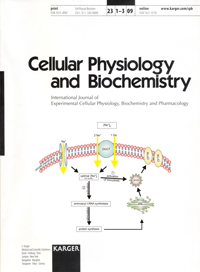
“Research in recent years has extensively investigated the therapeutic efficacy of mesenchymal stromal cells in regenerative medicine for many neurodegenerative diseases at preclinical and clinical stages.
However, the success rate of stem cell therapy remains less at translational phase. Lack of relevant animal models that potentially simulate the molecular etiology of human pathological symptoms might be a reason behind such poor clinical outcomes associated with stem cell therapy.
Apparently, self-renewal and differentiation ability of mesenchymal stem cells may help to study the early developmental signaling pathways connected with the diseases, such as Alzheimer’s disease, Amyotrophic lateral sclerosis (ALS), etc., at in vitro level.
Cannabidiol, a non-psychotrophic cannabinoid, has been demonstrated as a potent anti-inflammatory and neuroprotective agent in neurological preclinical models.
In the present study, we investigated the modulatory role of cannabidiol on genes associated with ALS using human gingiva-derived mesenchymal stromal cells (hGMSCs) as an in vitro model system.
Next generation transcriptomic sequencing analysis demonstrated considerable modifications in the expression of genes connected with ALS pathology, oxidative stress, mitochondrial dysfunction, and excitotoxicity in hGMSCs treated with cannabidiol.
Our results suggest the efficacy of cannabidiol to delineate the unknown molecular pathways, which may underlie ALS pathology at early stage using hGMSCs as a compelling in vitro system.”








